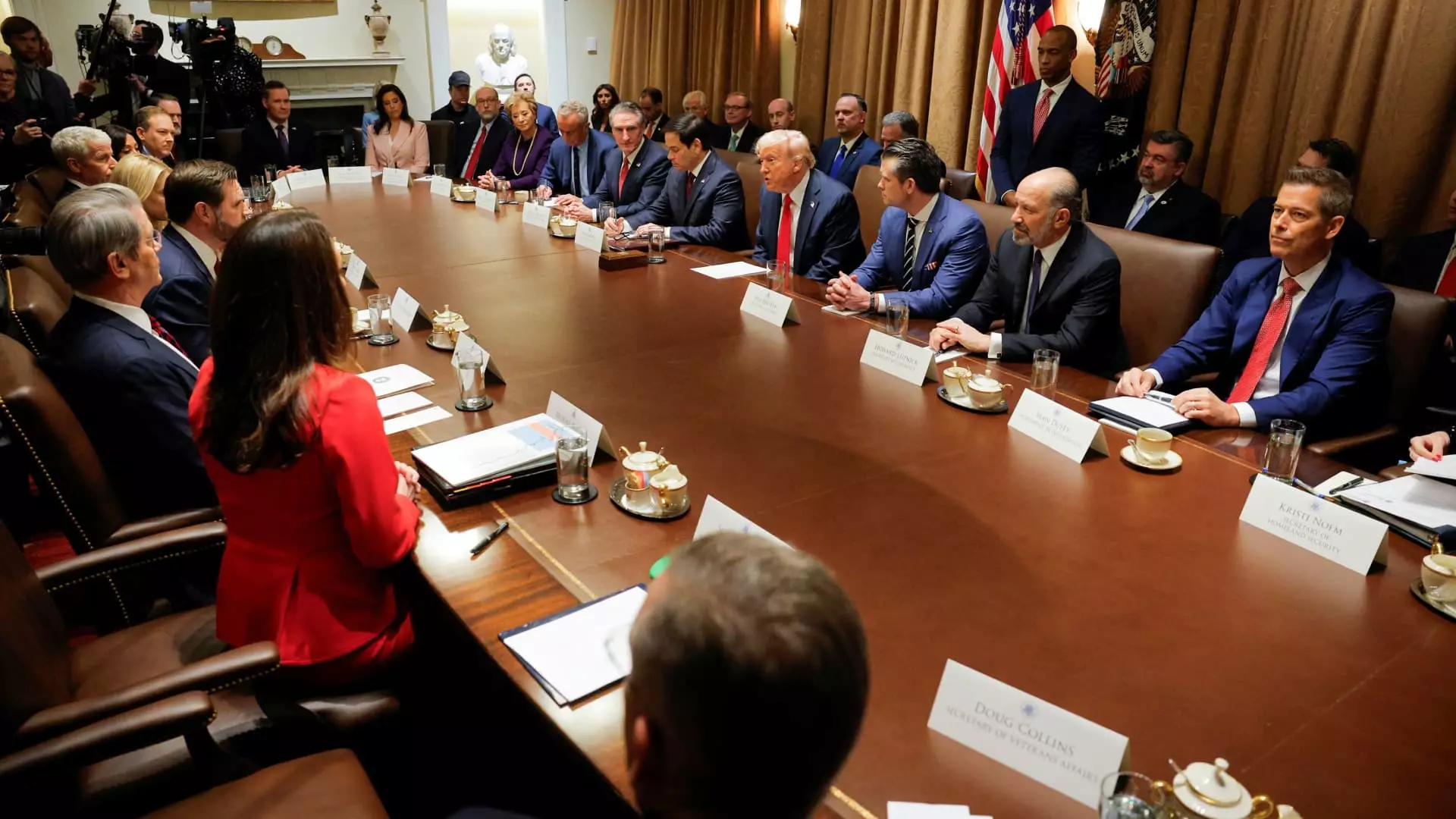The recent announcement of President Donald Trump’s proposed “gold card” visa program has stirred significant discussion among global investors and wealthy individuals contemplating U.S. residency. With a staggering price tag of $5 million, the program promises not only the coveted status of permanent residency but also a peculiar tax advantage that American citizens do not enjoy. This article delves into the ramifications, attractiveness, and potential challenges of this audacious proposal.
The Allure of Our Golden Ticket
This innovative visa, if implemented, would rank among the most expensive residency options worldwide. Given that wealth concentration is a reality in many parts of the globe, the gold card is likely to catch the attention of high-net-worth individuals seeking to relocate for a more favorable living and business environment. According to reports, individuals like Dominic Volek of Henley & Partners are already witnessing heightened interest from potential clients. Such enthusiasm indicates a robust demand among the ultra-wealthy, signaling their quest for security within the U.S. socio-economic landscape, which is often viewed as one of the best platforms for wealth accumulation.
Trump’s proposal, albeit in its nascent stage, is poised to change the current dynamics of U.S. immigration for affluent foreign nationals. Traditionally, wealthier applicants have faced intricate and restrictive visa pathways, making the prospect of settling in the United States daunting. The gold card visa aims to streamline this process, simplifying the conditions under which the wealthy can reside in America.
One of the most controversial aspects of the gold card proposal is its potential to carve out a new American tax loophole, benefiting foreigners over U.S. citizens. Unlike permanent residents and U.S. citizens who are taxed on global income, gold card holders would be exempt from taxing overseas earnings. Such a drastic shift in policy could encourage many wealthy individuals to flock to the United States, potentially creating a dual tax system where they enjoy extensive benefits while American citizens remain bound by traditional tax obligations.
This exemption could lead to serious inequities in fiscal responsibilities, sparking debates on fairness in taxation. Experts have voiced concerns that this new structure could effectively prioritize foreign wealth over domestic equity. Attorney Laura Foote Reiff articulates that “there are many wealthy individuals who are invested in U.S. companies or have families here that do not become permanent residents because they don’t want the tax consequences.” Hence, the gold card not only represents a chance for foreign elites to secure a lucrative lifestyle in the U.S. but also distorts the investment landscape and tax obligations that have been the norm for residents.
Comparison with Existing Visa Programs
The gold card proposal seeks to replace the existing EB-5 visa program, which has faced challenges such as delays and allegations of fraud. Currently, the EB-5 program requires a minimum investment of $900,000 in designated areas, maintaining stricter parameters compared to the proposed gold card. Analyzing this shift reveals a significant pivot towards attracting high-caliber investors, potentially sidelining genuine investors who adhere to ethical standards.
Globally, investment visa programs vary, with other nations typically charging fees below the $1 million mark. While countries such as Singapore and New Zealand present higher investment thresholds, they still trend lower in comparison to the proposed U.S. gold card rate. An investment under the gold card not only signals wealth but also the coveted status and perceived legitimacy that U.S. residency confers.
While the allure of the gold card is undoubtedly strong, the reality may differ. Immigration attorneys estimate that while President Trump envisions thousands or even millions of applicants, realistic expectations suggest that the actual demand may be far lower. With 424,000 individuals globally fitting the profile of ultra-high-net-worth individuals, the expected volume may reach the thousands rather than the predicted hundreds of thousands. Many of the individuals with the means to apply are already established in other markets that provide competitive advantages regarding residency.
The program’s real attractiveness may lie not solely in offering residency but in its implications for international mobility and ability to tap into U.S. markets. Defendant companies may manipulate this new opportunity to tailor their workforce around existing gaps in visa and labor options, particularly within tech industries.
Trump’s gold card proposal has the potential both to invigorate U.S. residency pathways for wealthier foreigners and to further complicate the socio-economic landscape within America. The disparities in taxation may foster resentment among citizens while providing a perceived advantage to a select group. As details of the gold card emerge, it will be crucial to weigh the benefits against ethical concerns related to equity and fairness in immigration and taxation policies. As the program progresses, its impact on the U.S. economy, immigration dynamics, and societal structures will be watched closely, as this maneuver could redefine wealth and residency in America for years to come.


Leave a Reply